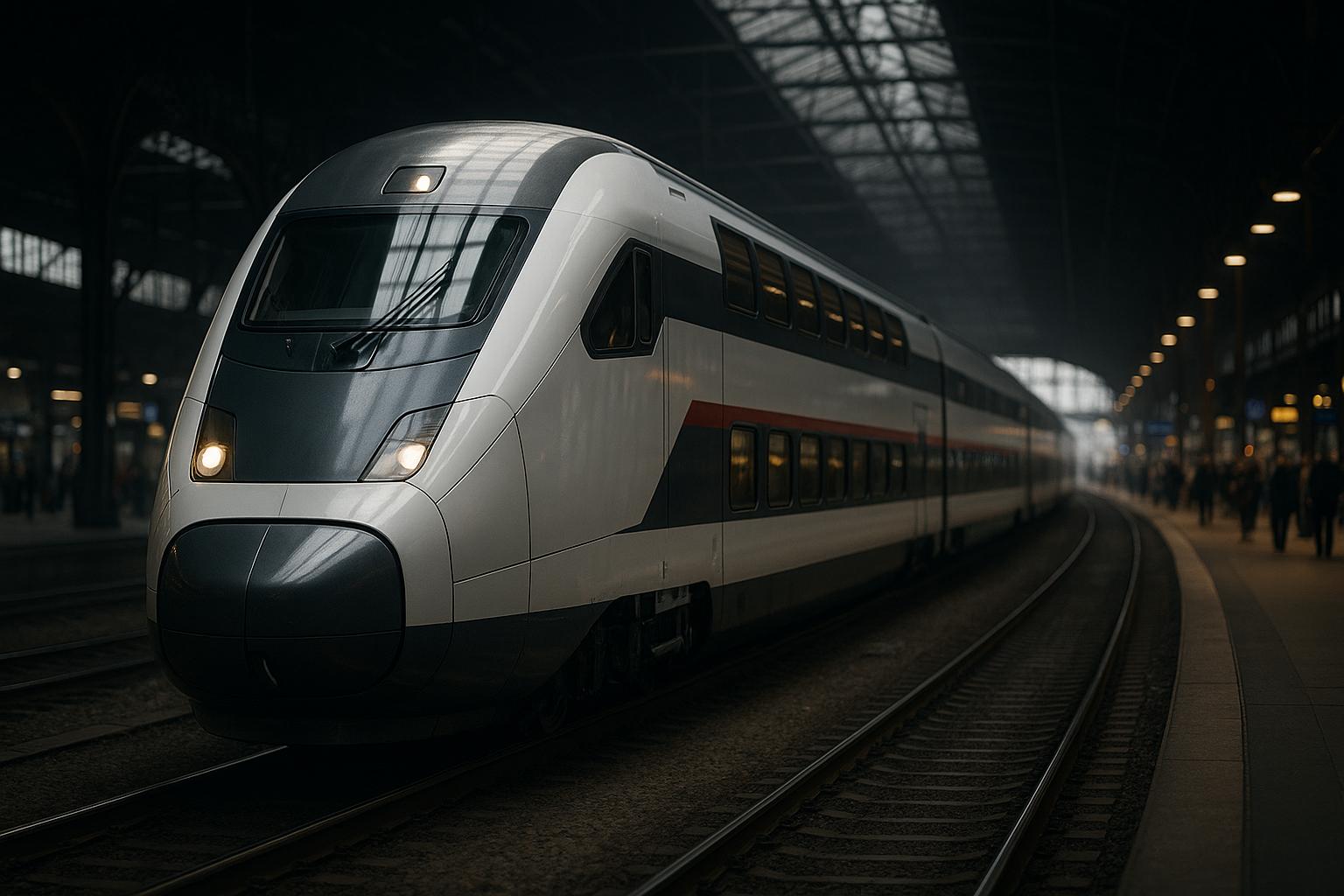Eurostar's ambitious plan to overhaul its fleet with up to 50 new double-decker trains signals a significant evolution in high-speed rail travel across Europe and the UK. Announced as part of a €2 billion investment led by France’s national railway company SNCF, the new Eurostar Celestia fleet is designed to increase passenger capacity by around 30%, enhancing services on routes from London’s St Pancras to Paris, Brussels, and Amsterdam through the Channel Tunnel. Scheduled for delivery beginning in 2031, these modern electric trains will be the first double-decker models operating in the UK, reflecting a strategic push by Eurostar and SNCF to expand and compete more aggressively in the northern European rail network.
Despite the promising outlook, industry experts warn that deploying such a technically advanced and larger fleet will present considerable challenges, particularly in terms of maintenance infrastructure and workforce readiness. Currently, Temple Mills depot in East London is the only UK facility equipped to service Eurostar’s high-speed trains. David Martin, Managing Director of tooling and maintenance supplier Heamar, has urged that significant upgrades will be necessary to handle the new trains’ size and complexity. While Eurostar plans to invest approximately €80 million (£69 million) in modernising Temple Mills, Martin emphasised the critical need for specialised tooling and comprehensive technician training, particularly in managing high-voltage systems and precision torque applications, which are essential for safety and compliance with stringent European rail standards.
Martin highlighted that the success of the Eurostar Celestia rollout will be measured not only by increased capacity and passenger comfort but also by the effectiveness of maintenance operations. He pointed to common delays in rail infrastructure upgrades but stressed that problems arising from insufficient tooling or poorly trained staff could be avoidable with timely and adequate investment. This focus on human and technical resources is vital to prevent maintenance-related disruptions once the new fleet enters service.
Alongside upgrades to equipment and training, the question of capacity at Temple Mills depot has been a focal point amid increasing interest from competing international operators. The UK’s rail regulator, the Office of Rail and Road (ORR), evaluated and concluded in March 2025 that Temple Mills could handle additional trains if operational and maintenance arrangements were optimised. This finding came as new entrants such as Virgin Trains and Evolyn sought access to the depot to establish their own international services through the Channel Tunnel, aiming to rival Eurostar. Virgin Trains, for example, has received regulatory approval to launch international rail services, intensifying competition on key routes.
Recent reports from industry outlets reveal that Temple Mills is currently undergoing or planning capacity and facility upgrades to accommodate multiple operators, with access applications still under consideration. Evolyn, for instance, has submitted detailed technical plans to the ORR, assuring that its new fleet’s maintenance requirements would align with the depot’s capabilities, calling for minimal modifications. The presence of multiple operators heralds an evolving international rail market that could bring increased economic and social benefits but also heightens the need for robust infrastructure and skilled personnel.
The advent of double-decker Eurostar trains is part of a broader European trend toward higher-capacity, more efficient rail services. SNCF’s wider agreement with Alstom to procure a total of 145 very high-speed trains, including these new models, positions the French operator, and by extension Eurostar, to respond to growing demand while enhancing sustainability goals with fully electric rolling stock. The Eurostar Celestia trains will run not just in the UK, but through France, Belgium, Germany, and the Netherlands, marking a new chapter in cross-border rail connectivity.
In summary, while Eurostar’s fleet upgrade represents a landmark investment in rail travel infrastructure, its full benefits hinge on the successful adaptation of depot facilities like Temple Mills and the readiness of technicians equipped with specialist tools and knowledge. The interplay of new technology, international competition, and regulatory frameworks paints a complex picture for the future of Channel Tunnel rail services, promising greater capacity and service options but also demanding significant operational advancements.
📌 Reference Map:
- [1] (Daily Mail) - Paragraphs 1, 2, 3, 4, 5, 6
- [2] (Office of Rail and Road) - Paragraphs 7, 8
- [3] (Rail Magazine) - Paragraph 8
- [4] (Rail Magazine) - Paragraph 8
- [5] (Le Monde) - Paragraph 1, 9
- [6] (Reuters) - Paragraph 1, 9
- [7] (Office of Rail and Road) - Paragraph 8
Source: Noah Wire Services
